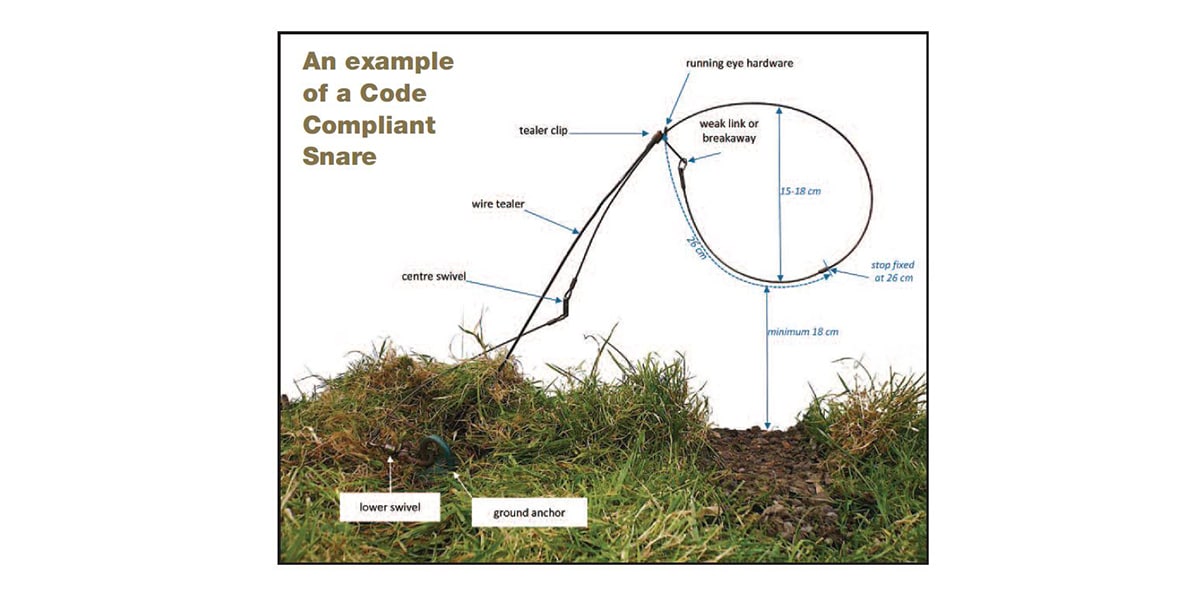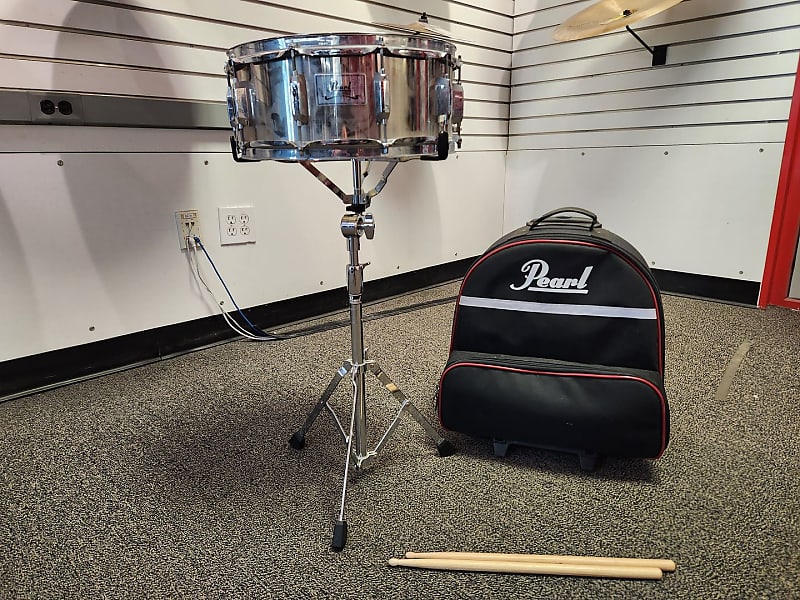When Is It Lawful To Use A Snare In Pennsylvania

The steel cable, seemingly innocuous, lies hidden in the undergrowth. For some, it represents a vital tool for managing wildlife populations and providing food. For others, it's a cruel and indiscriminate instrument causing unnecessary suffering. The question of when and how snares can be legally used in Pennsylvania is a complex and often contentious one, fraught with regulations, ethical considerations, and passionate advocacy on both sides.
This article delves into the intricate legal landscape governing snare use in Pennsylvania. It explores the specific regulations regarding permissible species, snare types, setting locations, mandatory training, and reporting requirements. By examining the perspectives of the Pennsylvania Game Commission, trappers, and wildlife advocacy groups, we aim to provide a comprehensive overview of this controversial practice and its impact on the Keystone State's ecosystem.
Pennsylvania's Snare Regulations: A Detailed Overview
The use of snares in Pennsylvania is strictly regulated by the Pennsylvania Game Commission (PGC). These regulations aim to balance the needs of wildlife management, public safety, and animal welfare.
Understanding these rules is crucial for anyone considering using snares, as violations can result in significant penalties.
Permitted Species and Snare Types
Pennsylvania law dictates that snares can only be used to trap specific species. Commonly targeted animals include coyotes, red foxes, gray foxes, raccoons, opossums, and beavers in certain zones and seasons.
The regulations also specify the types of snares that are permitted. Only non-powered cable restraints or breakaway snares are generally allowed, depending on the species and location.
These snares are designed with features intended to minimize the risk of injury to non-target animals.
Setting Restrictions and Location Requirements
Where a snare is set is just as important as what species it targets. Pennsylvania law places strict limits on snare placement.
Snares cannot be set within a certain distance of occupied buildings or public roadways. Furthermore, they are often prohibited on state game lands or in areas designated for specific recreational activities.
Specific height and loop size restrictions apply, depending on the targeted species. These rules minimize the possibility of catching larger non-target animals, such as deer or bears.
Mandatory Training and Reporting
Before using snares in Pennsylvania, individuals are often required to complete a trapper education course. This course covers topics such as ethical trapping practices, snare construction and deployment, and wildlife identification.
Trapper education provides a vital understanding of the law and ways to minimize harm to both targeted and non-targeted animals.
Successful trappers must also comply with reporting requirements. This involves submitting harvest reports to the Pennsylvania Game Commission, detailing the number and species of animals trapped.
Conflicting Perspectives on Snare Use
The use of snares is a subject of ongoing debate. This is because of the differing values held by different people.
Understanding the variety of these points of view is critical for evaluating the legality and ethics of snaring.
The Pennsylvania Game Commission's Stance
The Pennsylvania Game Commission views snaring as a valuable tool for wildlife management. They emphasize that regulated trapping can help control populations of certain species, preventing overpopulation and minimizing damage to crops and property.
The PGC argues that modern snare designs, coupled with strict regulations and mandatory training, help ensure that trapping is conducted in a responsible and humane manner.
They maintain that the benefits of snaring, in terms of wildlife management and human-wildlife conflict resolution, outweigh the potential risks.
Trapper Perspectives
Trappers often emphasize the importance of snaring as a traditional and sustainable practice. They rely on trapping as a source of income, recreation, and connection to the land.
Many trappers actively support responsible trapping practices and advocate for the ethical treatment of animals. They highlight the importance of following regulations and using best management practices to minimize the risk of harm.
For many, trapping is not only a means of livelihood but also a way to contribute to wildlife conservation.
Wildlife Advocacy Group Concerns
Wildlife advocacy groups often express serious concerns about the use of snares. They argue that snares are inherently indiscriminate and can cause significant suffering to both target and non-target animals.
Advocates highlight the risk of non-target animals, including domestic pets and endangered species, being caught and injured or killed by snares. They push for stricter regulations or outright bans on snaring.
Many believe that non-lethal methods of wildlife management should be prioritized over trapping whenever possible.
Looking Ahead: The Future of Snaring in Pennsylvania
The debate surrounding snare use in Pennsylvania is likely to continue. Ongoing research and monitoring efforts will be crucial in evaluating the effectiveness and impacts of current regulations.
Adaptive management strategies will need to be implemented to address any identified shortcomings and ensure that snaring practices align with the best available scientific evidence.
Open dialogue and collaboration between the Pennsylvania Game Commission, trappers, wildlife advocacy groups, and the public are essential for fostering a shared understanding of the challenges and opportunities associated with snare use.
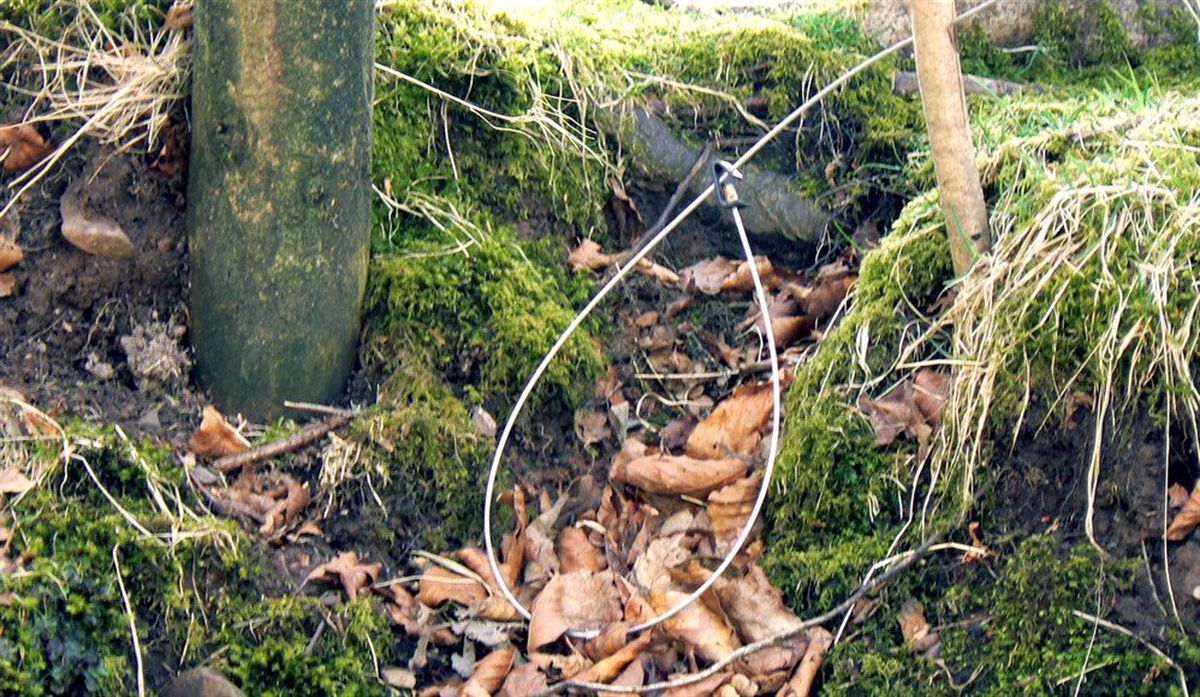
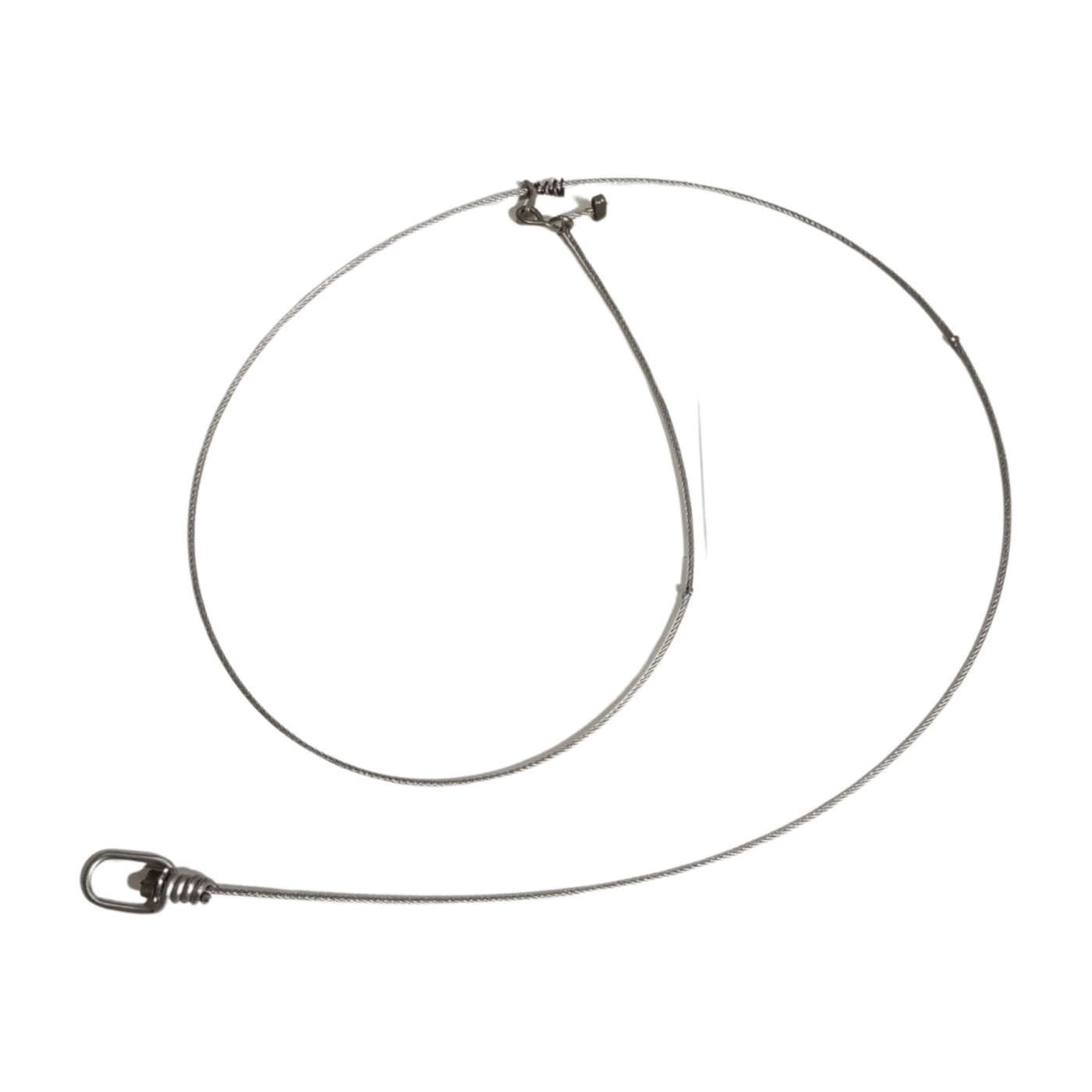
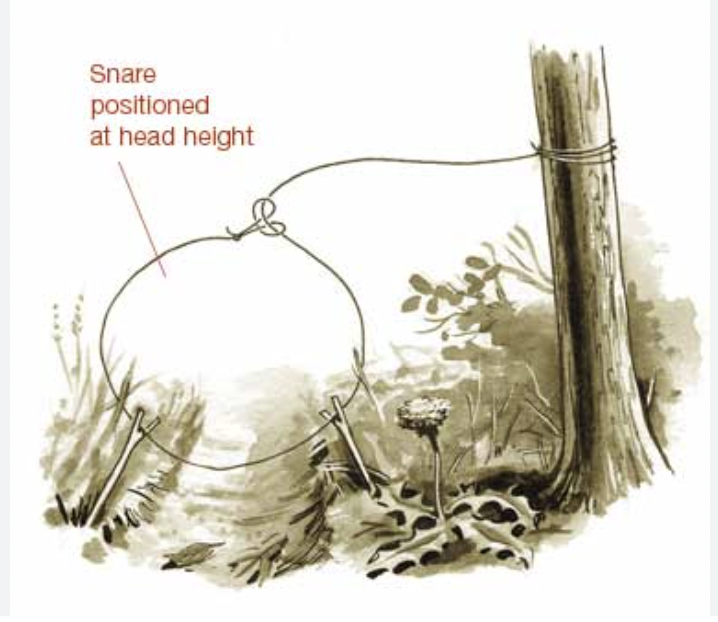




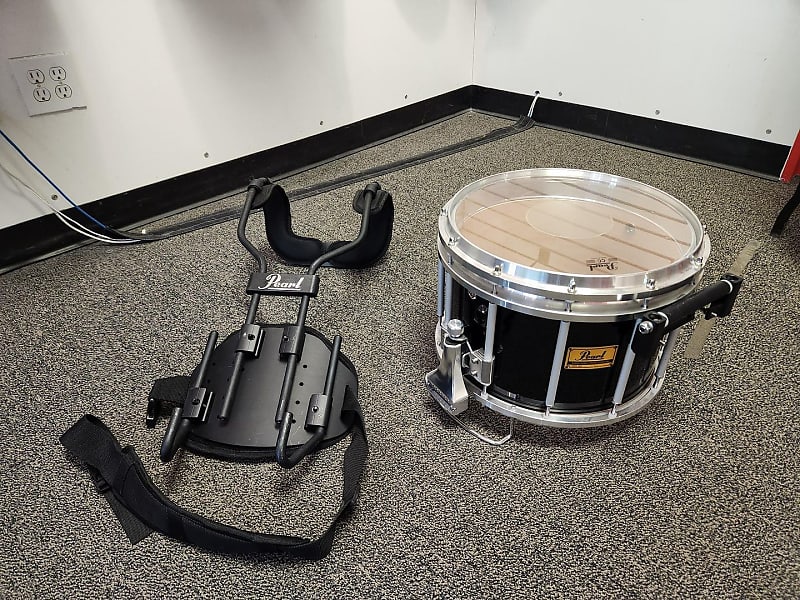



![When Is It Lawful To Use A Snare In Pennsylvania 12 CABLE RESTRAINTS 60" PA,MO, WI LEGAL[TRAPPING,SNARES,TRAPS] SALE | eBay](https://i.ebayimg.com/images/g/6gAAAOSwRWZcJEkp/s-l1600.jpg)

